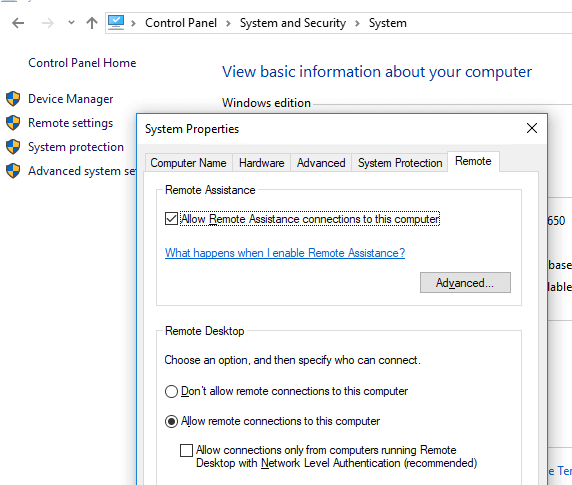

- Server 2016 remote desktop keep session alive install#
- Server 2016 remote desktop keep session alive Patch#
You can work around the issue by configuring RDP session timeouts manually.
Server 2016 remote desktop keep session alive Patch#
I have also seen this issue on Windows Server 2003, but I have not seen a patch for 2003 (only 2008). Note there is a problem with Group Policy on Windows Server 2008 where configuring the keep alive for RDP connections is applied to a server (shows up in RSOP and in the Policy key in the Registry), but the setting does not take affect.
Server 2016 remote desktop keep session alive install#
I asked our supplier if I could install the 2016 licensing on our 2012 licensing server, he said this would be fine and it would work with 2016. Our academic licensing means that we are able to use server 2016 remote desktop using our campus agreement number. A keep-alive of “1” (“send a keep alive packet every 1 minute”) will make a TCP session appear to be “active” (not idle), and will prevent idle tcp session disconnects on any networking equipment between your client and your Terminal Server (F5 network load balancing devices, firewalls, routers, switches, etc). We have 4x server 2012 session host servers just running the session host role. It’s a good idea to configure keep-alives for the Remote Desktop Protocol. It would be worthwhile to quickly verify that the RDP session timeouts are not causing the issue via TSCONFIG.MSC (2008) or TSCC.MSC (2003). If the Terminal Server capture shows a “reset” packet coming from the client, and the client capture shows a “reset” packet coming from the Terminal Server, then the “reset” came from a networking device between the two computers. The easiest way to identify session resets due to idle tcp session timeouts is to perform a network capture on the client and on the Terminal Server. The connection is aborted after the number of retransmissions specified by TcpMaxDataRetransmissions have gone unanswered. Once a response is received, the delay until the next keep-alive transmission is again controlled by the value of KeepAliveTime.

Value Type: REG_DWORD-time in millisecondsĭescription: This parameter determines the interval between TCP keep-alive retransmissions until a response is received. There are 3 registry keys where you can affect TCP Keepalive mechanism on Windows systems: Now let’s talk a little bit about configuration options. TCP keep-alives are disabled by default, but Windows Sockets applications can use the setsockopt() function to enable them. NetBT connections, such as those used by other Microsoft networking components, send NetBIOS keep-alives more frequently, so normally no TCP keep-alives are sent on a NetBIOS connection. If there is no response to a keep-alive, it is repeated once every KeepAliveInterval seconds. TCP keep-alives can be sent once every KeepAliveTime (defaults to 7,200,000 milliseconds or two hours) if no other data or higher-level keep-alives have been carried over the TCP connection. Keep-alives can be used to verify that the computer at the remote end of a connection is still available. A host receiving one of these ACKs responds with an ACK for the current sequence number.

A TCP keep-alive packet is simply an ACK with the sequence number set to one less than the current sequence number for the connection.


 0 kommentar(er)
0 kommentar(er)
